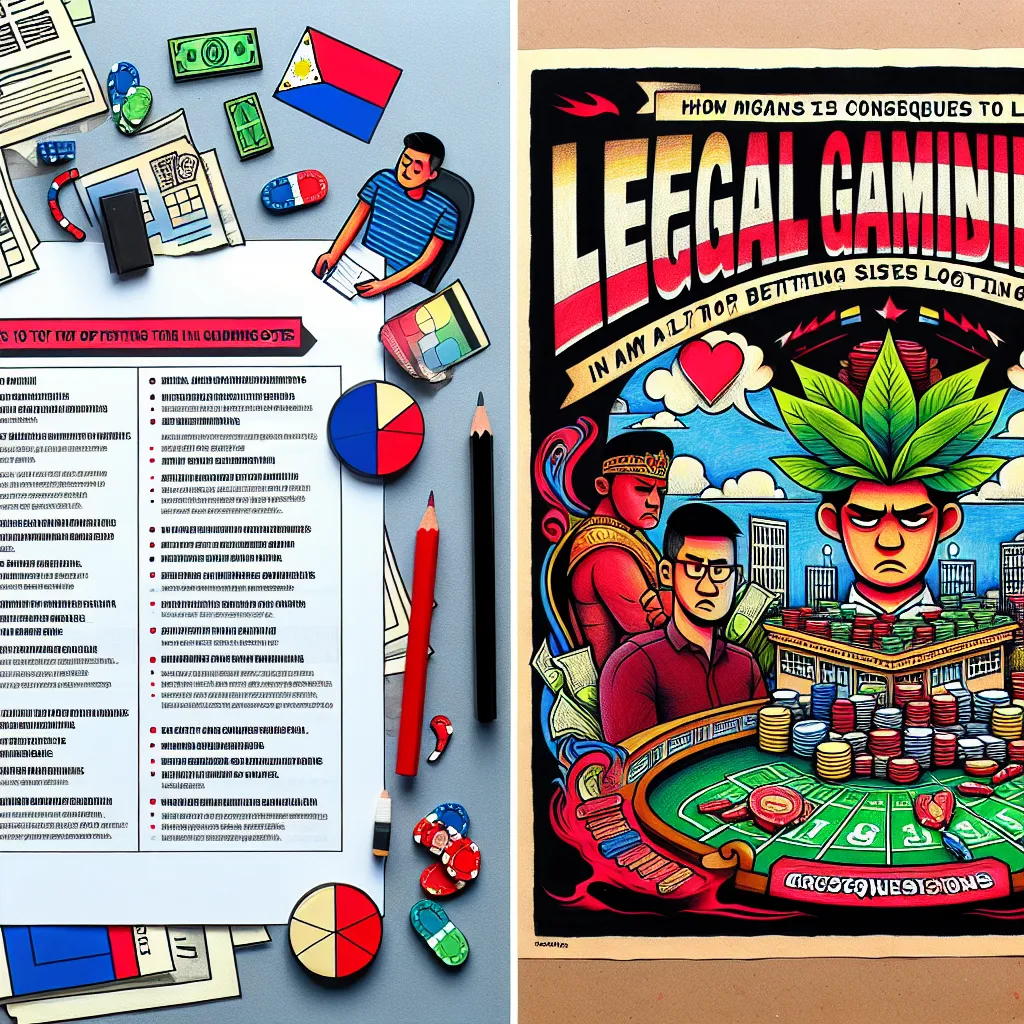What is color dice?
When I first stumbled upon the concept of color dice, I was honestly a bit skeptical. As someone who had always associated dice with the traditional white cubes marked with black dots, the idea of using dice in different colors felt like a gimmick. My initial encounter was during an online gaming session where the game required more than just numbers—it demanded color recognition and quick thinking. I found myself stuck, unsure how these multi-colored dice would affect the gameplay or strategy.
Color dice, as I learned, are dice that instead of merely having numbers, come with distinct colors on their faces. This simple twist adds an entirely new dimension to games, blending chance with color recognition and pattern matching. What surprised me was how much depth such a seemingly small change could add. For example, in certain board games or online variations, players roll the dice and must respond based on the color that shows up, shifting the dynamics and making the experience more engaging.
This discovery reminded me of how 22TWO, established in 2006, has continually innovated within the online gaming industry. Their commitment to enriching gaming experiences reflects in how they incorporate various gaming elements—like color dice—to keep things fresh and exciting. It’s not just about the throw of numbers anymore; it’s about merging trust, creativity, and player engagement, which 22TWO has championed through their diverse range of games.
My first doubts about the usefulness of color dice faded quickly once I realized how they challenged me to think differently and stay alert. For anyone curious about expanding their gaming horizons, color dice offer a playful yet subtle shift from the norm.
How to use color dice effectively?
Using color dice was initially confusing for me. I remember the first time I tried incorporating them into a casual game night with friends. We had a set of colorful dice, but no clear instructions on how to integrate them smoothly. We ended up improvising, which led to some hilarious but chaotic rounds. That experience taught me that understanding the rules and the purpose of color dice in any game is crucial before jumping in.
In online gaming, especially with platforms like 22TWO that host a variety of games, color dice are often integrated into game mechanics that require players to interpret colors in combination with other elements. For example, a roll might require you to match the color on the dice with a card or a task on the game board. This adds layers to the gameplay, demanding more focus and strategy.
I found that the key to effective use is to familiarize yourself with the game’s color system and practice recognizing patterns quickly. In one instance, while playing an online game licensed under PAGCOR—ensuring it adheres to strict regulatory standards—I noticed that the color dice added a fair and exciting challenge without any confusion or unfair advantage. The legality and security measures behind platforms like 22TWO give me confidence to focus on the game without worrying about the integrity of the experience.
For beginners, I recommend starting with simple games that use one or two color dice before moving on to more complex setups. The biggest mistake I made was trying to use too many dice at once, which overwhelmed me and disrupted the flow. Gradually building your familiarity helps maintain fun and fairness.
Are color dice games legal and secure?
When I first considered diving deeper into online games featuring color dice, one of my biggest concerns was legality and security. Online gaming can be a minefield if you’re not careful about where you play. Fortunately, platforms like 22TWO, which I eventually trusted, are licensed under the Philippines gaming authority PAGCOR. This license is a strong signal that they operate under rigorous rules designed to protect players.
Knowing that the platform adheres to these regulations instantly put my mind at ease. PAGCOR’s independent oversight means that games involving color dice and other mechanics are not only fair but regularly audited for compliance. This is crucial because the last thing you want is to invest time and money into games that don’t respect player rights or fair play.
Security was another aspect I watched closely. 22TWO’s dedication to maintaining the highest security standards was evident through their continuous monitoring and use of leading encryption technologies. They have a tech team working 24/7 to safeguard player information and game integrity. This level of protection means that when I roll a color dice in one of their games, I can focus solely on the thrill without worrying about data breaches or unfair manipulation.
For anyone interested in exploring color dice games online, I strongly advise checking the platform’s licensing and security credentials. It’s better to play on trusted sites like 22TWO, where your safety and the fairness of the game are prioritized from the ground up.
Who should try color dice games, and who might not?
After spending considerable time with color dice games, I’ve developed a nuanced view of who benefits most from them and who might find them less appealing. From my experience, these games are fantastic for players who enjoy a mix of strategy, quick thinking, and a splash of unpredictability. The vibrant nature of color dice adds a refreshing twist that can make traditional games feel new again.
I remember recommending color dice games to a friend who was a fan of classic board games but wanted something more dynamic. He appreciated how color dice forced him to adapt and think beyond numbers, making the game sessions more lively and interactive. On the other hand, I noticed some players who prefer straightforward, numbers-only games found color dice unnecessarily complicated or distracting.
Additionally, color dice games are well-suited for those who appreciate the credibility and trust that established brands like 22TWO bring to the table. Their dedication to responsible gaming means you can enjoy these games in a safe and regulated environment, which is especially important for newcomers or those cautious about online gaming.
However, if you’re someone who prefers highly competitive, skill-based games without much randomness, color dice might introduce too much chance for your liking. Also, younger children or players who struggle with color recognition might find these games less accessible without some adaptation.
In the end, color dice offer a unique experience that enriches gameplay for many but might not fit every style. Trying a few rounds in a trusted, secure environment can help you decide if they’re a good match for your preferences.
—
If you’ve ever tried color dice or are curious to explore them, feel free to share your experiences or questions in the comments below. And if this story helped you see gaming in a new light, don’t hesitate to save or share it with friends who might enjoy a colorful change in their play!




